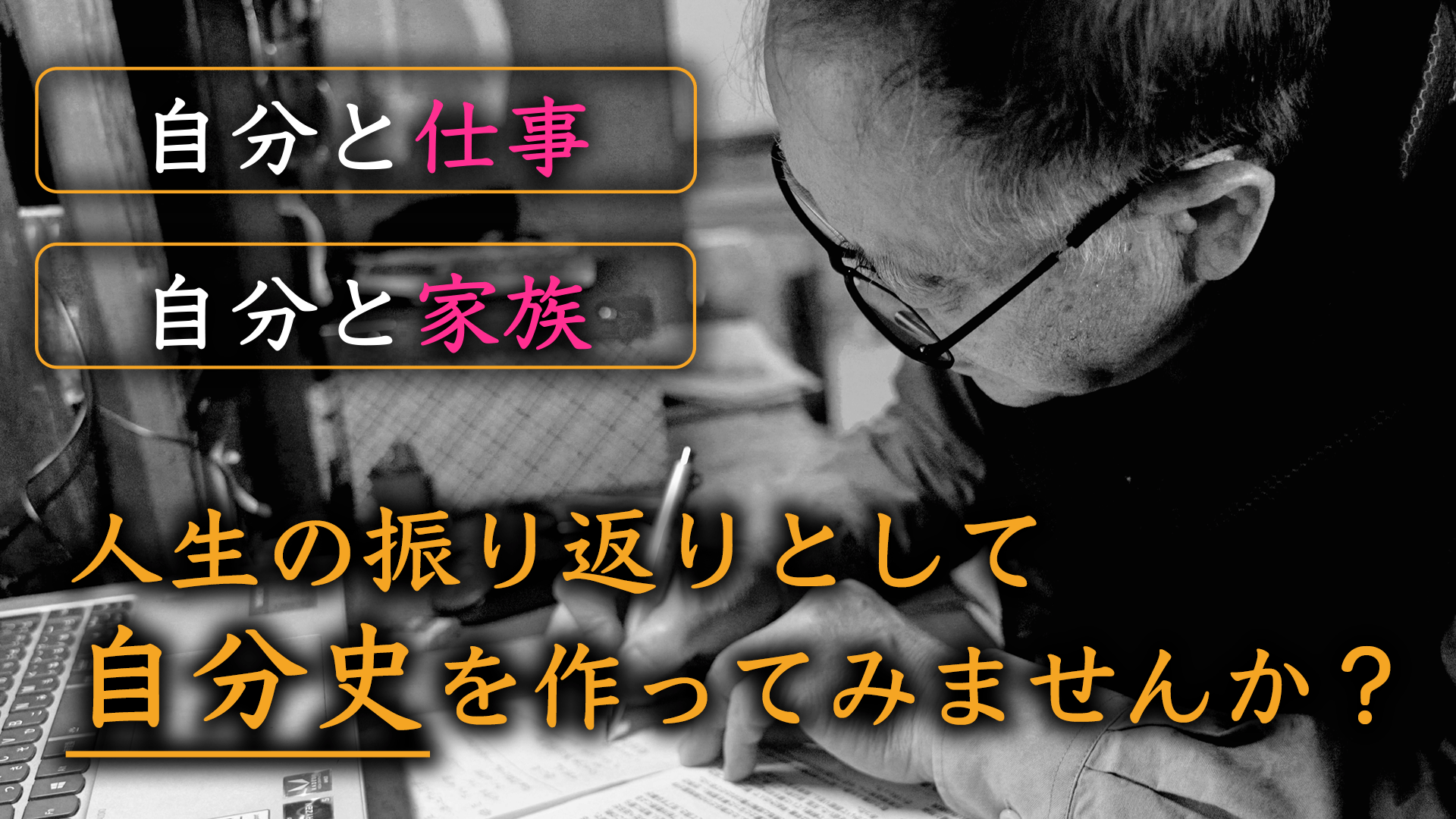The Wanninkopf case and the Dock
2013 NOV 3 2:02:02 am by kyoshida

The goal of my blog post is to spark a dialogue between Japanese lawyers (or persons interested in law) and common law/ European lawyers. I plan to publish on a range of topics and I hope that some of my friends and colleagues will join me in contributing in the future. In many of my posts I will be focusing on issues relating to images and representations of justice.
For my first post today, I want to discuss the place of a defendant in criminal proceedings in the United Kingdom. This is in my mind since I am teaching a course this week on the ‘vanishing trial’ in the US and Europe. The readings for the class include fascinating discussions on courtroom architecture and argue persuasively that in the UK we marginalise the accused in criminal proceedings by inter alia. placing the defendant in the Dock. The article focuses on some of the empirical findings in an article by Professor Linda Mulcahy, a professor of law and expert on law and architecture at the London School of Economics.
In England and Wales, the accused is kept in the dock either at the back of the courtroom (in the Crown Court) or at the side of the courtroom. Sometimes he or she is placed behind glass with slits. In her article, Mulcahy persuasively argues that the UK system is anachronistic in placing the accused in the Dock and potentially violates the presumption of innocence. The inability of the defendant to communicate with ease with his or her lawyer, and his placing away from the main proceedings means that his communication is hampered. This is in direct contrast to other jurisdictions where the defendant can effectively communicate with his or her lawyer.
In other jurisdictions such as the US the accused sits beside or directly behind the lawyer. The accused sits with her lawyers, dressed in a business suit. She is indistinguishable from her legal team. A strategy adopted by legal professionals in the US as discussed in Mulcahy’s article.
The differences between the UK system and that of other countries as discussed by Mulcahy struck me last night when I watched a two part legal drama on the Wanninkopf case. The Spanish drama available online on TVE1 (http://www.rtve.es/alacarta/videos/el-caso-wanninkhof/) is based on the facts presented in the legal proceedings against a woman who was found guilty by a jury of murdering 19 year old Rocio Wanninkopf in the south of Spain. The woman was convicted by a jury trial and spent 17 months in prison before DNA evidence emerged which confirmed that the killer was a British man, responsible for killing another young woman and attempting to rape another.
Whilst Mulcahy’s article notes that the defendant in Spain and Italy are sometimes placed behind metal bars during a trial, in the programme the accused sits shoulder to shoulder with her defence counsel. They regularly communicate, with Vicki providing him with crucial information about witnesses and, they communicate emotionally and physically, with the lawyer placing a reassuring hand on hers. This physical communication sends an important message to the jury – it says she is not a monster but a friend – bringing her closer to the jury. This form of communication is impossible in the UK where the defendant is using in the dock, sitting alone and isolated.
More generally, the mini series can be viewed as an indictment of the legal system in Spain. As viewers we are asked to judge not only the accused, but also the whole legal process from the treatment of “Vicki” at the hands of the police to the verdict. The programme paints a damning picture of the authorities, the media frenzy and the new jury system (jurado popular) culminating in the miscarriage of justice. Thus whilst Vicki is able to sit beside her lawyer and is not isolated in a dock or behind bars, the jury have already assessed her and found her guilty in a “trial by media”.
In choosing to talk about the Wanninkopf programme, I would be interested to know whether Japanese lawyers see parallels in terms of the introduction of a jury system into a previously inquisitorial system. The changes in 2009 in Japan come later than those in Spain but interesting comparative lessons could be shared. What is clear from the Wanninkopf example is that the introduction of lay justice does not always result in a fair or legally sound outcome. It would be interesting to know the impact that the jury system has had in Japan and to understand the place of the accused in the trial.
Mulcahy’s article on “Putting the Defendant in their Place” is published in the British Journal of Criminology 2013.





